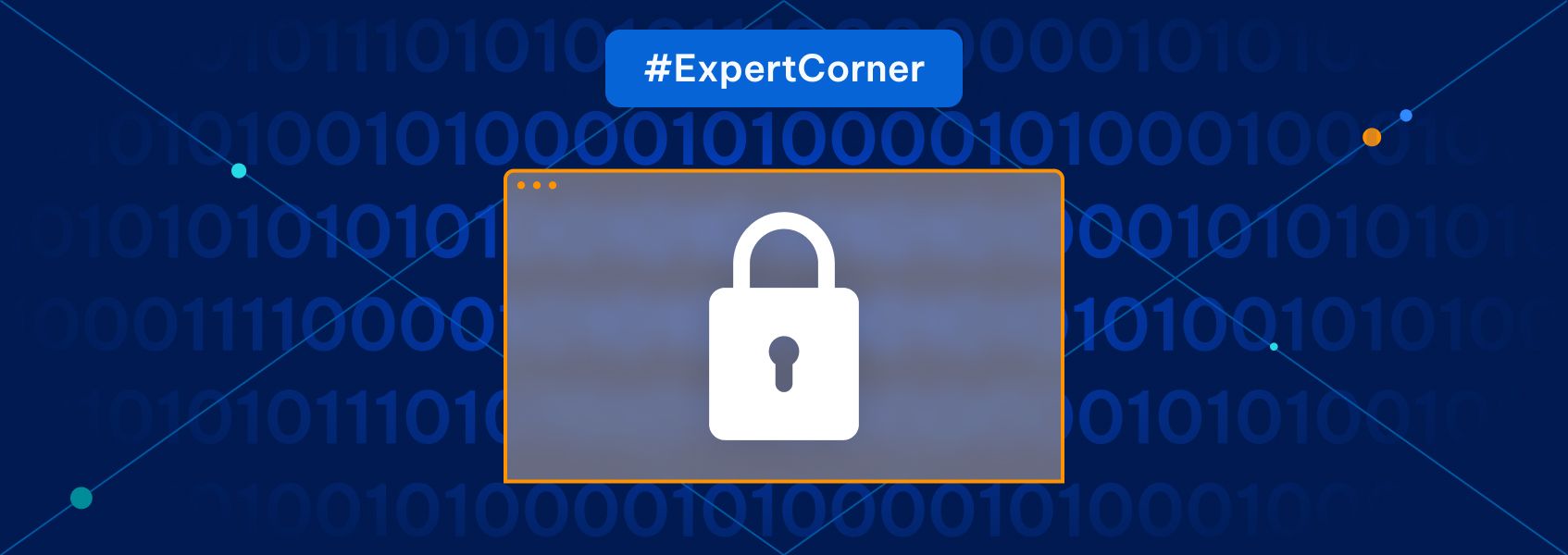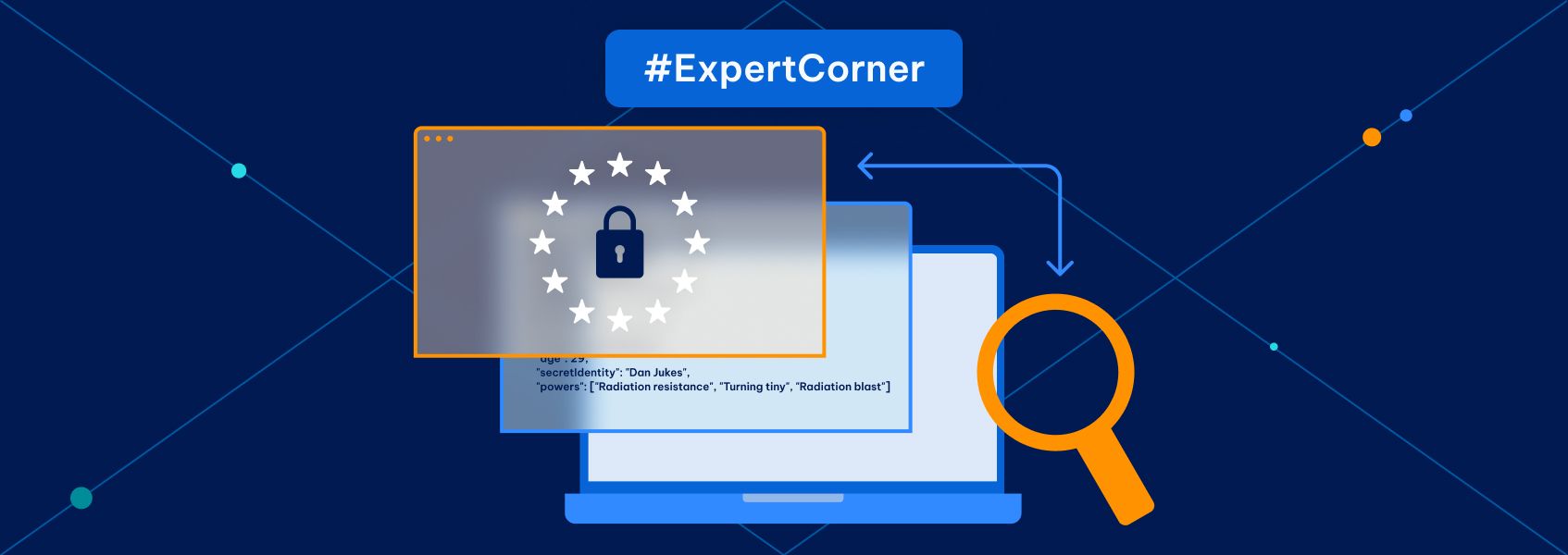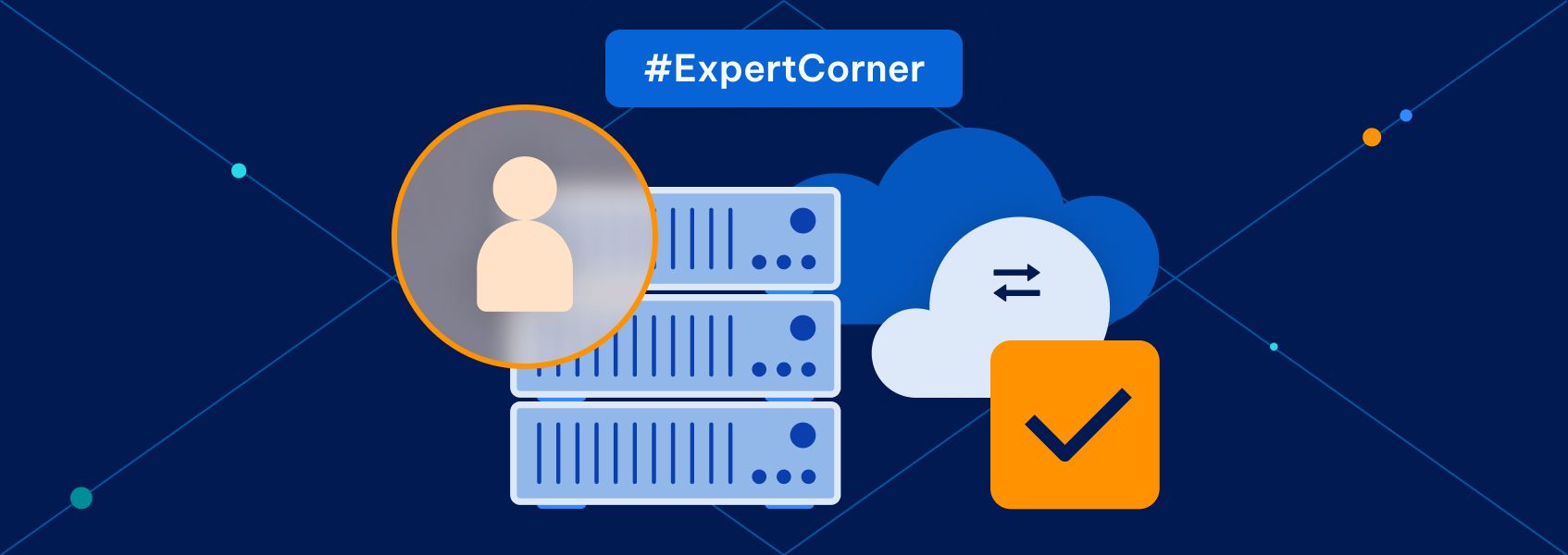5 Key Benefits of Data Orchestration for Scaling Your Business
Expert corner

Eric Wahlquist
Businesses today know the benefits of using data and are generating it at an unprecedented rate. But collecting data isn’t enough – they must ensure the data is consistent, reliable, and readily accessible across their organization to support strategic decision-making.
This process used to be performed manually (and it can still be). However, that can be time-consuming and lead to data entry errors, not to mention the huge impact it has on the productivity of the IT department! As a result, organizations are turning to data orchestration to automate these tasks.
Data orchestration involves managing and processing data to ensure it is available when and where it is needed. Let’s take a look at how it works, as well as how it can benefit your business.
What Is Data Orchestration?

Data orchestration is an automated process for combining data from disparate sources, transforming it, and preparing it for data analysis.
In the past, users relied on custom-written scripts to extract data from sources, such as Excel spreadsheets, CSV files , or databases. Afterward, they’d validate the data and transform it via data cleansing to convert it into an acceptable format. Finally, they would load the data into the target destination.
With data orchestration, there is no need to manually perform these rigorous tasks. Instead, the process is automated, leaving you more time to work on analysis instead of data clean-up.
The Components of Data Orchestration
There are four main elements of data orchestration. They include:
Data Integration
Data integration involves gathering data from multiple sources – such as APIs and databases – and putting it into a centralized database. This prevents data silos from forming, ensuring everyone sees the same information. While this process can be carried out manually, it is better to use automation tools – especially when dealing with large data sets or large amounts of data.
Data Transformation
After you’ve collected the data , the next step is to transform it. This means converting raw data into a standardized format that can be easily analyzed and understood by all stakeholders. The data transformation stage may involve merging different data sets, filtering unnecessary data points, applying business rules, and more.
Data Delivery and Cleaning
At this stage, you need to deliver the data to the destination that requires it , such as another application or third-party service. You’ll also need to cleanse the data to ensure it is accurate and reliable. This process involves removing corrupt data, inconsistencies, duplicates, or other issues that could affect data integrity.
Data Monitoring and Maintenance
Once you have integrated, transformed, and cleansed the data, the final stage is monitoring and maintenance. This means making sure the data is kept up-to-date, accurate, and secure.
You may find you have similar processes in place from which you can learn – for instance, your DevOps team might use Kubernetes monitoring. What is Kubernetes monitoring ? It is a process of tracking the performance, health, and resource utilization of containerized applications running on Kubernetes clusters. You can apply insights gleaned from processes like this to the continual monitoring of data orchestration, ensuring it remains a useful and effective tool.
5 Benefits of Data Orchestration
Data orchestration allows you to access the data you need at the right time – all without worrying about duplicate data or inaccurate information. This brings major benefits throughout your organization, including:
Increased Operational Efficiency

Implementing automated data orchestration reduces manual intervention in data management . This, in turn, leads to faster data processing and better resource utilization. It also hugely reduces the risk of manually introduced errors, meaning you don’t have to spend time going back and double-checking everything.
Orchestration tools also help streamline and optimize data pipelines so data flows smoothly throughout the organization. As a result, this minimizes bottlenecks and delays in data handling.
Improved Scalability
Besides enabling automation, data orchestration allows you to handle large data sets more effectively. However, you do need to make sure you’ve invested in the right infrastructure to support this – for instance, you might need to implement new tools, such as a Linux server. What is a Linux server ? It’s a server built on an open-source operating system, which means it allows for a lot of customization in a way closed-source systems don’t.
Having solutions like this, combined with data orchestration, allows you to easily scale as you gather more data, rather than struggling to maintain multiple datasets spread over multiple sources.
Enhanced Quality, Reliability, and Security
The data orchestration process includes data validation to identify and fix errors and inconsistencies. This way, you can be confident in the data you use for analysis and decision-making.
Additionally, orchestration supports good data governance practices, ensuring that data is standardized and compliant. It’s much easier to meet regulatory requirements around data security when you have a complete picture of your data, and are confident it’s stored correctly.

Reduced Costs
For some, this is the most appealing benefit of all. Companies naturally want to minimize costs and increase profit. Luckily, data orchestration can help them do that.
How? Through automation. Data orchestration reduces the need for manual labor which saves time and labor costs. It also means your IT talent can spend their time on more important tasks, rather than data entry.
Data orchestration also helps you optimize resource allocation, minimizing overprovisioning and waste. You won’t find yourself paying for storage space for duplicate data, as it’ll all be centralized in one single location.
Faster Insights and Better Decision-Making
With data orchestration tools, data processing can happen in real time. This empowers organizations to use the latest information to make decisions, responding quickly in ever-changing markets.
Start Scaling with Data Orchestration
Data orchestration automates data collection, data transformation, and data movement tasks required to maintain pipelines. This makes it easier for you to make data-driven decisions and maximize the value of your business data. It’s also much easier to grow and scale when all your data is centralized and the processes automated. Implement data orchestration and reap the benefits of well-organized, reliable, clean data today.


